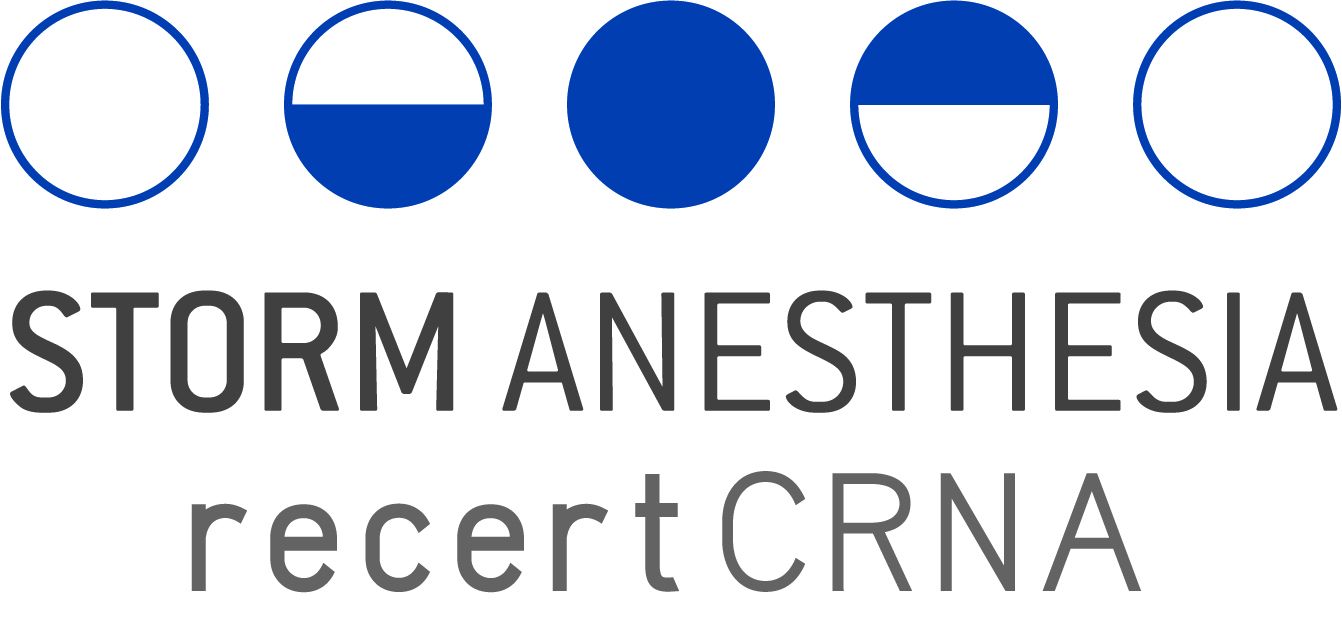How many of you have woken up before 06 AM by your wife whispering: "Are you awake?"
Well, probably a good number, but then how many have then been asked: "In the zones of the lung, is it 'little a' before 'big A' before 'little v' in zone 1?"
Nope, I did not think so!
Well, I did experience that this morning. My wife was working today and having a freshman student and she planned to quiz him on respiratory. Zones of the lung was apparently on her mind.
I was awake now, and my answer was to state that it was 'big A' before 'little a' before 'little v', like in A > a > v. (I know, you all know this).
Anyway, we talked it over and she felt ready to quiz the student. He better be prepared.
So that conversation inspired me to write a small blog on the zones of the lung, aka West's zones of the lung.
As you may recall, the lung is divided into three distinct physiologic zones: zone 1, zone 2, and zone 3. Each zone is divided up by pressure differences, that is the alveolar pressure (PA), the pulmonary arterial pressure (Pa), and the pulmonary venous pressure (Pv) within the respective zones.
Early studies on animals demonstrated a consistent gradient of increased perfusion per unit of volume from the top of the lung to the bottom of the lung. These experiments were then also done with low pump output patients so that the pulmonary arterial pressure was kept low. The studies consistently revealed that the parts of the lung with diminished pulmonary arterial pressure were not perfused. In fact, the perfusion ceased at the point where the alveolar pressure (PA) were equal to or exceeded the arterial pressure (Pa). When the PA were equal to or exceeded the Pa there were no blood flow in that area of the lung.
Gravitational below this point, perfusion per unit of volume increased steadily when moving down the gravitational gradient in the lungs, eg, from top to bottom in an upright person. The consequence is that the dependent (gravitationally lower) areas of the lungs are better perfused than the non-dependent areas. In fact, in the most dependent area, zone 3, the Pa and Pv is always higher than PA and thus the driving pressure in this zone is arterial pressure minus venous pressure, and alveolar pressure does not affect the perfusion. This is more in line with what we see in the systemic circulation.
The region of no perfusion is called zone 1 (see the image). Zone 1 is not a normal phenomenon during quiet breathing, but may exist during anesthesia. Anesthesia often utilizes positive pressure ventilation, which increases the PA significantly, especially if we apply positive end expiratory pressure (PEEP). This artificially increased PA will create zone 1 conditions.
Zone 1 is ventilated but not perfused. This is known as alveolar dead space.
Below zone 1 the PA is lower than Pa, although still higher than Pv. This is the middle portion of the lung and known as zone 2.
The driving pressure in this area is Pa minus PA.
In the dependent part of the lung the intrapleural pressure is less negative than in the non-dependent part, thus the alveoli rest at a smaller volume (they shrink more during exhalation). This smaller volume results in a larger potential for ventilation (due to greater compliance) and the dependent part of the lung is thus better ventilated than the non-dependent part.
Despite this increased ventilation, due to gravity the perfusion is even more increased, resulting in relatively more perfusion than ventilation, also known as a physiologic shunt. This physiologic shunt is a normal phenomenon.
On a closing note, it should be appreciated that a pulmonary artery catheter should always be placed in zone 3, since this is the only area of the lung where there is continuous blood flow. None of the other zones offer a continuous communication with the left heart.
I have written much more on this topic in my book Storm Anesthesia Review Part 1 which you can find on the Storm Anesthesia website by clicking on this paragraph.

